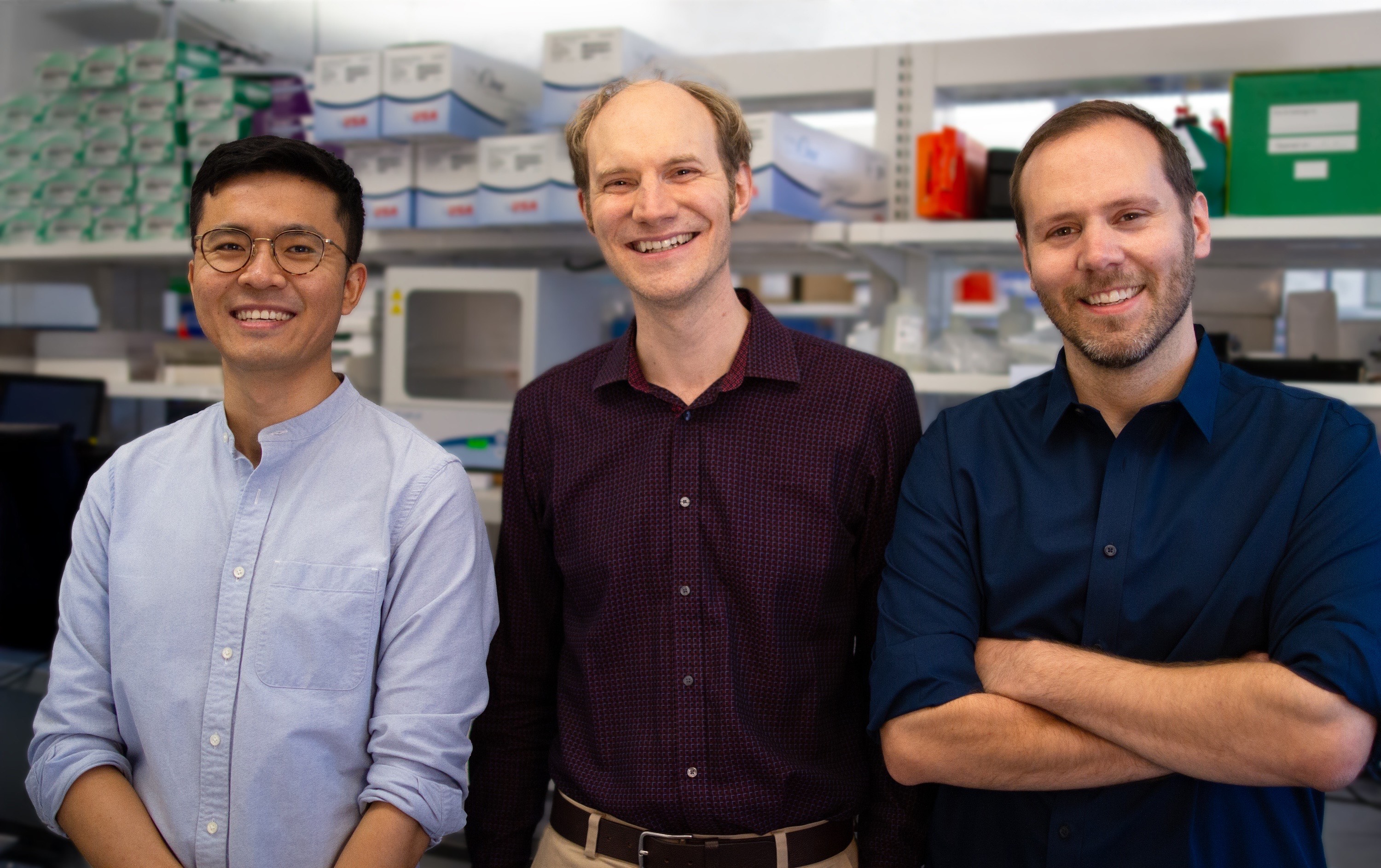Could Algae Help Solve India’s Pollution Crisis? Why Some Scientists Aren’t Giving Up
Could Algae Help Solve India’s Pollution Crisis? Why Some Scientists Aren’t Giving Up
India is the world’s third-highest carbon dioxide emitter. A rapidly developing country, India heavily relies on fossil fuels to meet its energy demands. As a result, air pollution has become a major public health threat. Of the 30 most polluted cities in the world, 22 are in India. New Delhi, the country’s capital city, has the world’s most polluted air every winter. On the most polluted days in the megacity, fine particulate levels can reach over 900 micrograms/m3. The U.S. Environmental Protection Agency’s definition of hazardous air goes up to only 500 in comparison. In 2019, India’s Prime Minister, Narendra Modi, announced an ambitious renewable energy target to tackle extreme air pollution. Modi promised to increase solar energy capacity to 450 gigawatts by 2030. This isn’t the first time the Indian government has tried to solve the country’s pollution crisis with renewable energy. A decade earlier, biofuels were the promising clean fuel of the future. Algae, in particular, were seen as a major potential source of biofuel. But surprising factors have prevented algae from living up to expectations. However, a few researchers in India are not giving up on the potential of this technology.
The Alluring Promise of Clean Fuels
In 2009, the Indian government launched the National Biofuel Policy to reduce the country’s dependency on imported fossil fuels. The policy aimed to save India close to $40 million on imports and prevent 22,000 tons of carbon emissions. Shortly afterward, officials from the Ministry of New and Renewable Energy called for blending at least 20 percent biofuels with diesel and petrol by 2017. Biofuels’ main advantage is that it releases net zero-carbon dioxide in the environment. Some biofuels could also potentially sequester or capture carbon dioxide during the cultivation process. Biofuels have gone through several iterations in the last few decades. Biofuels began as ethanol extracted from sugarcane, sugar beets, or vegetable oil before transitioning to residues from industrial sources, logging waste, and oilseeds. The 1973 oil crisis prompted research into gas forms of fuel, such as methane and hydrogen. Since then, interests in extracting liquid fuel from algae — or third-generation biofuels — intensified in the public and private sectors. To date, various algae species or strains have been studied extensively in the U.S. and several other countries globally.

Microalgae contain lipids and Omega 3 fatty acids, a critical energy component in biofuels. Source: FlickrMicroalgae is a tiny, single-celled plant that grows in the sea and captures carbon through photosynthesis. These plants were once the prehistoric source of crude oil that is extracted today from the earth’s crust. Millions of years ago, algae blooms died and sank into the seabed. Eventually, the high pressure and temperatures within the earth’s crust converted these microalgae remnants into crude oil. Today, biofuels derived from algae attempt to fast-track this process by creating the conditions required to extract oils from the lipids in microalgae.This convoluted process of converting sea-growing algae into liquid fuel gained momentum in India ever since the National Biofuel Policy was launched. Over 70,000 species of microalgae grow in seawater and are key in the marine food chain. To develop fuel from these tiny plants, the right strain or microalgae needs to be identified first. Ideally, microalgae that contain high amounts of lipids and omega-3 fatty acids are best for oil extraction. In India, algae are typically grown outdoors in large ponds. After harvest, the algae’s cell walls are broken down and their inner lipids, carbohydrates, and proteins are extracted and converted into oil.
Skepticism and Doubt Plague Biofuel’s Past
In 2011, a project started by nine premier research institutes in India, led by the Central Salt Marine and Chemical Research Institute (CSMCRI), announced that they had developed a blend of algae biodiesel (20 percent) with traditional diesel. A car ran on this biofuel blend successfully and covered a distance of 7.7 miles. But this promising start for algal biofuel contrasted with the failures of the infamous Jatropha boom.Jatropha is a tropical flowering plant that became famous for its oilseeds in the early 2000s. The oil extracted from the plants’ oilseeds came to be known as Jatropha biodiesel. While Indian farmers were given incentives to grow the Jatropha plant, by 2011, 85 percent of farmers abandoned growing the plants altogether. Jatropha became popular for its ability to survive tough conditions. Farmers were encouraged to grow Jatropha plants on predominantly barren lands. But farmers soon learned that these plants can only produce high-quality oilseeds fit for biofuel extraction if they are grown in fertile and nutrient-rich soil needed for sustenance crops. The Jatropha failure quickly put a damper on biofuels in India. By 2017, the government reported only a 2 percent biofuel blending with petrol and around 0.1 percent with diesel.Many experts see the high cost of extracting oil as insurmountable for converting microalgae into sustainable fuel. “This is still in the experimental stage. It will take a long time for algal biodiesel to become a practical renewable energy option,” says V Sivasubramanian, director at the Phycospectrum Environmental Research Center in Chennai. “A lot of energy is spent while harvesting and drying microalgae and even during the oil extraction process,” adds Sivasubramanian, who is also the executive editor of the Journal of Algal Biomass Utilization. “When the energy used for producing algae biofuel is compared to the energy it provides, its energy efficiency is negative.”

A rapeseed biofuel plant in the United States. Biofuels have generally struggled in the country. Source: PixabayIn developed countries like the United States, the algae biofuel industry is still struggling with those challenges. Since 2007, the U.S Department of Energy has invested millions of dollars in algae research. Major funding also came from the National Science Foundation in 2009 and U.S. Air Force a year later, among others. In the private sector, fossil fuels giant ExxonMobil genetically modified a strain of microalgae and claimed that it produced twice as many lipids, a key part of biofuel efficiency. In 2018, the company announced that this bioengineering advancement could result in the production of 10,000 barrels of algae biofuel by 2025. Many have called the company’s algae efforts a “PR charade”.The skepticism arose from the fact that, in 2012, Shell announced it was permanently closing its algae biofuel research program. A California-based company, Solazyme, also washed its hands off the algae biofuels business in 2016 and announced they would instead focus on algae-based foods.
Is It Too Soon To Give Up on Algae Biofuels?
It seems as if algal biofuels in India are treading the same dismal path as in the U.S. But some researchers and algae biofuel industry leaders argue it might be too soon to dismiss the technology as a potential clean source of energy in India. One of them is Santanu Dasgupta, senior vice president at Reliance Industries, who also heads the biology/biotech R&D and Algae to Oil R&D at the major private Indian company. “At present, a barrel of algae biodiesel that we have developed costs $100 for a barrel. With advancements in new technologies and tools, I am sure the costs of algal oils will also come down,” says Dasgupta. “For instance, genome sequencing used to cost more than $200,000 per genome. Today, it is only $100.”Over the last decade, Dasgupta and his team at Reliance Industries have been working on a new patented algae biofuel. The reason most attempts to produce algal diesel have failed around the world is that growing algae outdoors and sustaining its cultivation on a long-term basis is extremely challenging. Dasgupta adds that he and his team have successfully grown and cultivated algae continuously for over three years. “We replicated the process in which algae transformed into fossil fuels by using high temperatures and pressure or a process called hydrothermal liquefaction that is driven by our Reliance catalyst. That is how the algae biomass gets converted into oil,” he explains. “But instead of waiting for a million years, we can do that with algae in three hours.”Yet, he admitted he sees better potential in using algae as a food source instead of a clean fuel. “The biggest potential of algae is not for its oil but how it can be an alternate source of food,” says Dasgupta. Currently, Dasgupta and his team are focused on making food products from algae as it is a rich source of protein, carbs, micronutrients, vitamins, and minerals. “It could be very useful for aquafeed, poultry feed, and the protein could be used for human nutrition too,” says Dasgupta.But despite the cynicism around the commercial viability of algae biofuels, bioengineers and biotechnologists across India are still working hard to prove naysayers wrong. One team at the National Institute of Technology in Kerala, South India and led by T. Mathimani isolated strains of microalgae for biofuel production last year in August.
Potential Answers to Biofuel Challenges Found on India’s West Coast

Sandhya Mishra, a principal scientist working on algae biofuels at the Central Salt Marine and Chemical Research Institute in India. Source: Sandhaya MishraIn the West Coast of India, scientists at the Gujarat-based Central Salt Marine and Chemical Research Institute (CSMCRI), successfully developed an algae biofuel, a second algal biofuel for cars in 2012. But at that time, they did not need to blend their biofuel with diesel or petrol. Sandhya Mishra, a principal scientist at CSMCRI, discovered the best strain with the required fatty acid composition in thick, floating microalgal mats in two coastal areas in Gujarat. Mishra and her team cultivated the algae strain, Chlorella variabilis, across an area of 772 square meters of unutilized salt farms. After collecting the algae mats from the salt pans, the researchers washed and ground them into a green powder before the oil extraction process. While that last stage uses high amounts of electricity, the researchers harnessed solar energy instead.“The algal strain thrived during the peak summer of Gujarat when the temperatures varied between 40 degrees Celsius to 45 degrees Celsius (104 degrees Fahrenheit to 113 degrees Fahrenheit),” she explains. Around one-and-a-half tons, or 3,086 pounds, of algae biomass was produced within the peak summer season from April to June 2012, said Sourish Bhattacharya, a scientist at the process design and engineering division of CSMCRI. The algae biomass produced around 100 liters of biodiesel. During the monsoon, as the salt pans overflowed with water, they halted the cultivation of algae and preserved them indoors until the end of the rainy season. Currently, it costs around $1 to produce a liter of algae biodiesel. That means a barrel could cost up to $159. However, the project was forced to close in 2013 due to a lack of funds. Mishra’s team had planned to begin again in 2020 but their efforts were further stymied by the COVID-19 pandemic.

Sandhya Mishra discusses with next steps with her team at their outdoor microalgae ponds. Source: CSMCRIHigh costs for producing algal biofuels aren’t the only hurdles. Air-borne contaminants and air pollution can affect its quality, along with the seasonal variation of lipid contents in the microalgae during large-scale open cultivation. Kannan Srinivasa, director of the CSMCRI, says it might take another five to seven years to scale up the production of algae biodiesel. For bioengineering technologies, he says the biggest constraint is producing algae biomass at scale. To scale up, the quality and quantity of the microalgae feedstock need to increase drastically. Microalgae needs to be cultivated and simultaneously harvested for several months on end with high temperatures and precise salinity levels. If the biochemical composition is not perfected, the cultivation of microalgae could fail.“We have established the biodiesel extraction process, but we still need sufficient quantities of the algae feedstock ,” said Srinivasan. The scientists are now working on another project to capture carbon from thermal power plants’ flue gas emissions with microalgae, sequestering carbon dioxide through algal photosynthesis. Mishra explains that residual algae biomass after oil extraction can be used for various purposes such as waste management and making other algae bioproducts.“We made biogas and a biofertilizer for crop plants like maize and also produced electricity in the gasifier using residual algae biomass,” says Mishra. “With an integrated approach, the costs of algae biodiesel can come down while making the production of algal biodiesel more energy efficient.” While algae-based biofuels in India are progressing more slowly than one would hope, many are still driven to guide this technology to its full potential. Whether they succeed is still unclear but many hope that years of dedication will still pay off.Looking to learn more about where the synthetic biology industry is heading? Get access to our top 9 panel discussions and hear what synthetic biology investors, entrepreneurs, and thought leaders envision for the future of the industry. Join the Bioeconomy Revolution today!



.svg)






.png)



.jpg)

.gif)